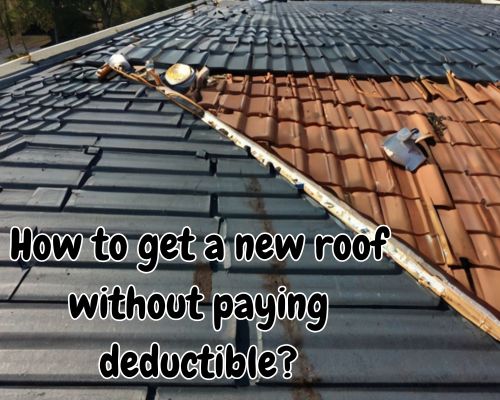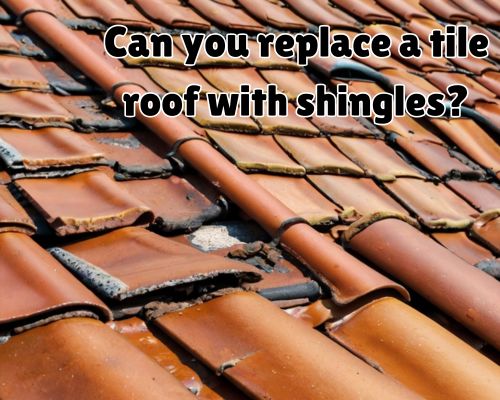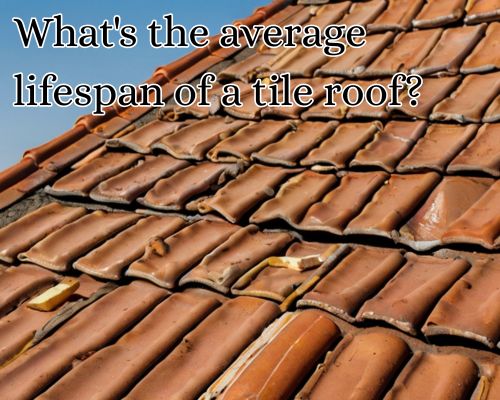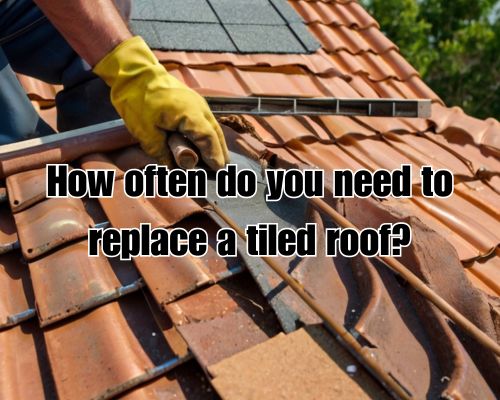How Much Does It Cost to Fix a Patch of Roof in New Jersey?
How Much Does It Cost to Fix a Patch of Roof in New Jersey?
Roof repair is an essential aspect of home maintenance, especially in a place like New Jersey, where the climate ranges from humid summers to snowy winters. Homeowners often ask, “How much does it cost to fix a patch of roof?”—and the answer depends on several factors including roof type, patch size, materials used, and labor rates specific to the Garden State. With Charles Jimerson of CJ Commercial Roofing NJ, we’ll break down everything you need to know about the cost of roof patch repair in New Jersey, from pricing variables to insurance considerations.
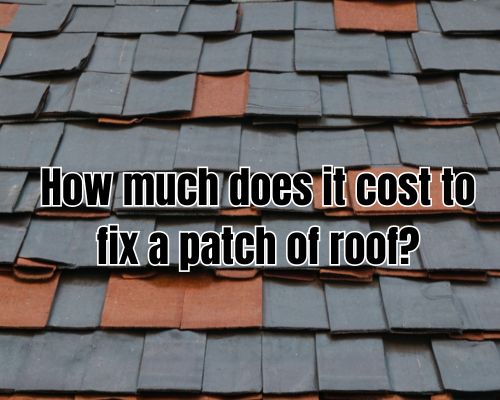
Average Cost to Patch a Roof in New Jersey
In New Jersey, the average cost to fix a patch of roof ranges from $200 to $1,500, depending on the extent of the damage and roofing material. For small, non-structural patches—say a few missing shingles—the cost can hover around $250–$500. However, more complex issues like flashing damage or leak repairs can drive that number higher.
| Type of Roof Repair | Estimated Cost in NJ |
|---|---|
| Minor patch (1–5 sq. ft.) | $200–$400 |
| Moderate patch (5–10 sq. ft.) | $400–$750 |
| Major patch (10–20 sq. ft.) | $750–$1,500 |
| Emergency repair (storm damage, leaks) | $1,000+ |
💡 Tip: Prices vary between counties—roofing contractors in Essex, Bergen, or Middlesex County may charge slightly higher rates than those in rural areas like Salem or Sussex County due to labor costs and demand.
Key Factors That Influence Roof Patch Costs
Several variables can affect the total cost of a roof patch job in New Jersey:
1. Roof Material
Different materials carry different costs for repair. Asphalt shingles are the most affordable and commonly used in NJ homes. In contrast, repairing metal roofing, slate tiles, or wood shakes is significantly more expensive due to material costs and skilled labor requirements.
Approximate Cost by Material:
- Asphalt Shingle: $3–$6 per sq. ft.
- Metal Roofing: $7–$15 per sq. ft.
- Tile/Slate: $10–$25 per sq. ft.
- Flat Roof (EPDM, TPO): $5–$10 per sq. ft.
2. Extent of Damage
Patching one cracked shingle is a minor job. But if a patch includes underlying structural issues like decking rot, insulation damage, or flashing failure, the job complexity—and cost—goes up.
3. Accessibility
If your roof is steep-sloped or has limited access (common in older homes around Princeton, Hoboken, or Montclair), expect to pay more due to the added difficulty.
4. Labor Costs in NJ
New Jersey has a relatively high cost of living, and that extends to skilled trades. Roofing contractors typically charge $50 to $100 per hour, depending on their specialization and reputation.
Local Weather and Its Impact on Roof Repairs
New Jersey’s seasonal extremes—from Nor’easters to humid summers—put strain on roofing systems. Freeze-thaw cycles and snow accumulation can cause shingle uplift, flashing damage, and ice damming. These conditions often lead to localized roof leaks, prompting patch repairs, especially in cities like Newark, Trenton, and Jersey City.
If your roof has recently endured:
- Hail or wind damage
- Prolonged snow coverage
- UV degradation during heatwaves
…it’s wise to have it inspected by a certified NJ roofer for potential patching needs.
Is It Better to Patch or Replace?
Homeowners frequently wrestle with whether to patch or go for a full replacement. A patch is ideal when:
- Damage is isolated and superficial.
- The rest of the roof is in good shape.
- Roof is under 10–15 years old (asphalt) or 20+ for metal/slate.
⚠️ If your roof is older or has multiple issues across various sections, your contractor may recommend partial or full roof replacement, which in NJ costs around $7,000–$12,000 for a 2,000 sq. ft. home.
DIY vs. Professional Repair in NJ
While DIY roof patch kits are available at local hardware stores like Home Depot (Edison) or Lowe’s (Freehold) for as little as $30–$100, they come with risks:
- Warranty invalidation
- Improper sealing
- Safety hazards
Hiring a licensed roofing contractor like CJ Commercial Roofing NJ ensures:
- Compliance with NJ building codes
- Access to warrantied materials
- Trained inspection to detect hidden issues
Look for roofing companies certified by NRCA (National Roofing Contractors Association) and registered in the State of New Jersey Division of Consumer Affairs.
Insurance Coverage for Roof Patch Repairs
Depending on the cause of the roof damage, your homeowners insurance policy may cover part or all of the repair cost. Insurers generally approve claims related to:
- Storm damage
- Fallen trees
- Fire
- Sudden water intrusion
However, insurance won’t cover:
- Wear and tear
- Neglect or improper maintenance
- Patching from improper installation
📝 Important: Always document damage thoroughly and schedule a professional inspection before filing a claim. Companies like State Farm, Allstate, or NJM Insurance Group often require detailed estimates from licensed New Jersey roofers.
How to Choose a Roofing Contractor in New Jersey
Finding a reliable local roofer is crucial. Here’s what to look for:
- Licensed & insured in NJ
- Strong reviews on platforms like Yelp, Angie’s List, or HomeAdvisor
- Transparent pricing
- Free written estimates
- Warranties on labor and materials
Top-rated companies in NJ include:
- Tristate Roofing Solutions (New Brunswick)
- Jersey Roofing Co. (Clifton)
- GAF-certified contractors across northern and central NJ
Ways to Save on Roof Patch Repairs
- Schedule repairs off-season (late fall or winter) when demand drops.
- Bundle small patches—contractors may offer better rates for multiple areas at once.
- Ask for material options—replacing with basic shingles vs. designer styles can cut costs.
- Use local contractors to avoid travel surcharges.
Final Thoughts
So, how much does it cost to fix a patch of roof in New Jersey? While the average price runs between $200 and $1,500, the true cost depends on your roof’s material, damage scope, and who you hire. Prioritize licensed local pros, keep up with inspections (especially after storms), and know your insurance rights. A timely patch today could save you thousands on full replacements tomorrow.
